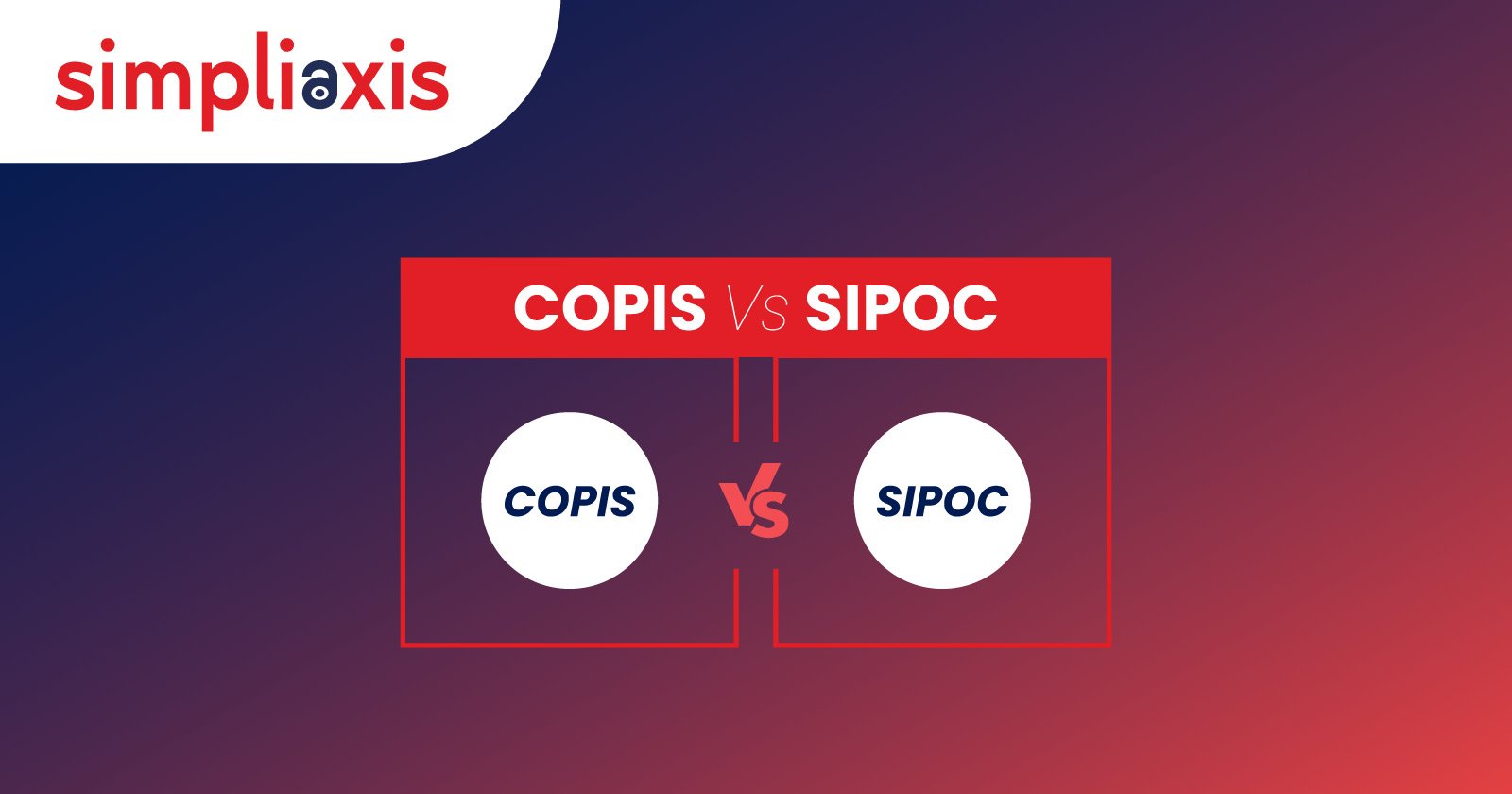When we talk of Six Sigma, we think of process improvement. We visualize various process improvement techniques associated with Six Sigma and how they can be instrumental in reducing rejections and process time and improving the output quality. If you are familiar with Six Sigma, you would be familiar with the DMAIC (Define, Measure, Analyze, Improve, and Control) methodology employed in it. The five phases of a Six Sigma project aim to improve the overall performance of your business processes and, hence your business. So, you have a problem at hand. You want to have a relook at your processes and find out the leakage points (they could be wastages, rejections, or activities in the process that are not really necessary) that affect the overall performance, and then you want to fix those leakages. But you can't solve a problem unless you clearly understand the problem. You need to clearly define the problem before attempting to solve it. And more importantly, all the stakeholders must be on the same page regarding identifying and defining the problem. This is the Define stage of the DMAIC methodology in Six Sigma.
And the first or the initial technique that is used at the Define stage is creating a SIPOC or COPIS diagram. While SIPOC stands for Supplier, Input, Process, Output, and the Customer, COPIS is its reverse form i.e. Customer, Output, Process, Input, and Supplier. You must have noticed that a SIPOC diagram starts with the supplier but a COPIS diagram starts with the customer. Both of these diagrams provide a high-level understanding of the process. It is obvious that if we aim to improve a process, we first need to understand it fully. It is particularly imperative for the decision-makers (those who decide which process to improve), the team working on the improvement project, and all others interested in the process.
How Do SIPOC and COPIS Work?
You must be wondering now how these diagrams work and how they help improve the process. To start with, they take a broad view of how things flow in a process. They set the boundaries of the process i.e. where it start and where it end thus defining the scope of the process. Further, they establish the relationship between different components of the overall process i.e. supplier, input, and process, and then relate them to the output, whether it is as per the customer's needs and how the customer views it. If both SIPOC and COPIS serve the same purpose, then how are they different from each other? Let us explain.
Difference Between COPIS And SIPOC in Six Sigma
Although both COPIS and SIPOC diagrams are used at the Define stage of the DMAIC methodology, both are not the same. In fact, both are opposite to each other (as you must have guessed from their full forms). While one (SIPOC) starts with the supplier and eventually reaches the customer, the other (COPIS) starts with the customer and ends at the supplier meaning it is more customer-centric and focuses on customer requirements.
Although both the COPIS and the SIPOC provide a high-level outline of the process, COPIS provides it from the customer's perspective. A customer is not much concerned about how you process the goods or services. He is interested in the output that he receives. Whether it meets his expectations and requirements or not is his main concern. So, the COPIS starts keeping the customer in focus and analyzing the process from his point of view.
On the other hand, the SIPOC focuses more on how the inputs are received from the supplier, how these inputs are processed, and what output is generated. It analyzes the inputs and outputs more than the process itself. So, the SIPOC diagram concentrates more on what output we are getting. In COPIS vs SIPOC, the SIPOC diagram has a distinct disadvantage. It considers the most important element of the process improvement exercise i.e. the customer. It takes customers into consideration at the last which means not enough emphasis is laid on customer satisfaction, which is the basis of success for any business. This means if you use the SIPOC diagram, you will focus solely on improving the process without considering what the customer wants. Though the process may improve, it may not automatically make customers happy. COPIS lays full emphasis on this all-important aspect.
COPIS begins by keeping the entire focus on the customer. It doesn't straightaway jump to the process. It pictures the value-addition that will bring satisfaction to the customer before taking any decision to make changes to the process or output. And once there is clarity about the customer's expectations and requirements, there will be clarity on what kind of output is needed. This will lead you to the right process that will produce the kind of output that is needed. And if the right process is known, there would be no confusion about the right kind of inputs required for it. Clarity on inputs leads to the right suppliers who can provide these inputs.
A major difference between SIPOC and COPIS is that while a SIPOC diagram may help you improve the process in a phased manner, COPIS, on the other hand, will help you change the process to suit the customer needs, leading to customer satisfaction.
But a clear benefit of a SIPOC diagram is that it pictures the current state of the process i.e. as it is now thus giving you an opportunity to look at the process in a more practical way. COPIS, on the other hand, provides a more idealistic picture of how the process should be.
A SIPOC diagram may be used for new teams and new processes also whereas the COPIS diagram is more suited for the existing processes.
Another difference between COPIS and SIPOC is that SIPOC provides a common understanding of the process in question to all the team members and stakeholders. So it can also be used to train the employees.
A SIPOC diagram does not highlight the value additions that will make the customer happy, but a COPIS diagram clearly identifies the value additions that will lead to customer satisfaction and happiness.
Since COPIS starts with a focus on the customer, it can be very helpful in designing new processes, keeping in mind the customer requirements. In contrast, the SIPOC diagram would not help in designing new processes.
A COPIS model is generally used in the service industry, whereas a SIPOC model is usually used in manufacturing.
Since SIPOC focuses on the current process as it is, it provides more detailed information about the existing process that helps identify the main pain points. This not only helps improve the current process but also aids in cutting down the wasteland delays, thus improving the efficiency of the process, resulting in lesser losses and increased revenues for the organization.
COPIS provides the higher management with a clear overview of the processes that they would be interested in. Here customer dictates what needs to be done with the process. With its extended view, COPIS sees the process in a larger context and greater understanding.
So, both the COPIS and the SIPOC are useful in their own ways regarding improvements in the processes. While the COPIS may be more suited to a customer-oriented organization where the customer drives the changes, SIPOC is very useful in manufacturing and other industries. The biggest difference is in their approach. While the COPIS diagram approaches the process improvement from the point of view of the customer, the SIPOC diagram focuses more on the existing process and identifies the grey areas in it. COPIS gives your team a great insight into what your customers want and value. It truly focuses on customer needs and helps in achieving customer satisfaction.
This detailed table outlines the distinctions between COPIS and SIPOC
Aspect | COPIS | SIPOC |
Focus | COPIS is customer-centric, starting with customer needs | SIPOC is process-centric, starting with supplier inputs |
Perspective | Analyzes processes from the viewpoint of customer satisfaction | Views processes based on inputs and outputs |
Emphasis | Emphasizes understanding and meeting customer requirements | Focuses on inputs, outputs, and improvement phases |
Application | Suited for customer-oriented industries like service sector | Commonly used in manufacturing and other process industries |
Benefits | Helps design processes with customer needs as primary focus | Provides a practical view of the current process for improvement |
Suitability | More idealistic approach; may not accurately reflect current state | Ideal for understanding and improving existing processes |
Training | Provides insight into customer needs for employee training | Offers common understanding of processes for employee training |
Value Addition | Identifies value-additions for enhanced customer satisfaction | Focuses on identifying and addressing process inefficiencies |
Industry Usage | Primarily used in the service industry | Widely adopted in manufacturing and process-oriented sectors |
Overview | Offers broader context and understanding of processes | Focuses on identifying and rectifying process weaknesses |
Conclusion:
In conclusion, the disparity between COPIS and SIPOC diagrams illuminates distinct approaches to process improvement within the realm of Six Sigma methodology. While SIPOC underscores the existing process and its components, COPIS prioritizes customer-centricity, emphasizing customer satisfaction and value addition. Simpliaxis offers comprehensive training and resources to navigate these nuances effectively, empowering organizations to leverage the most suitable approach for their specific needs. Whether aiming for operational efficiency or customer-centric excellence, Simpliaxis equips professionals with the tools and insights needed to drive meaningful improvements and achieve organizational success. Unlock the full potential of process improvement with Simpliaxis today













 +1-361-998-9988
+1-361-998-9988


